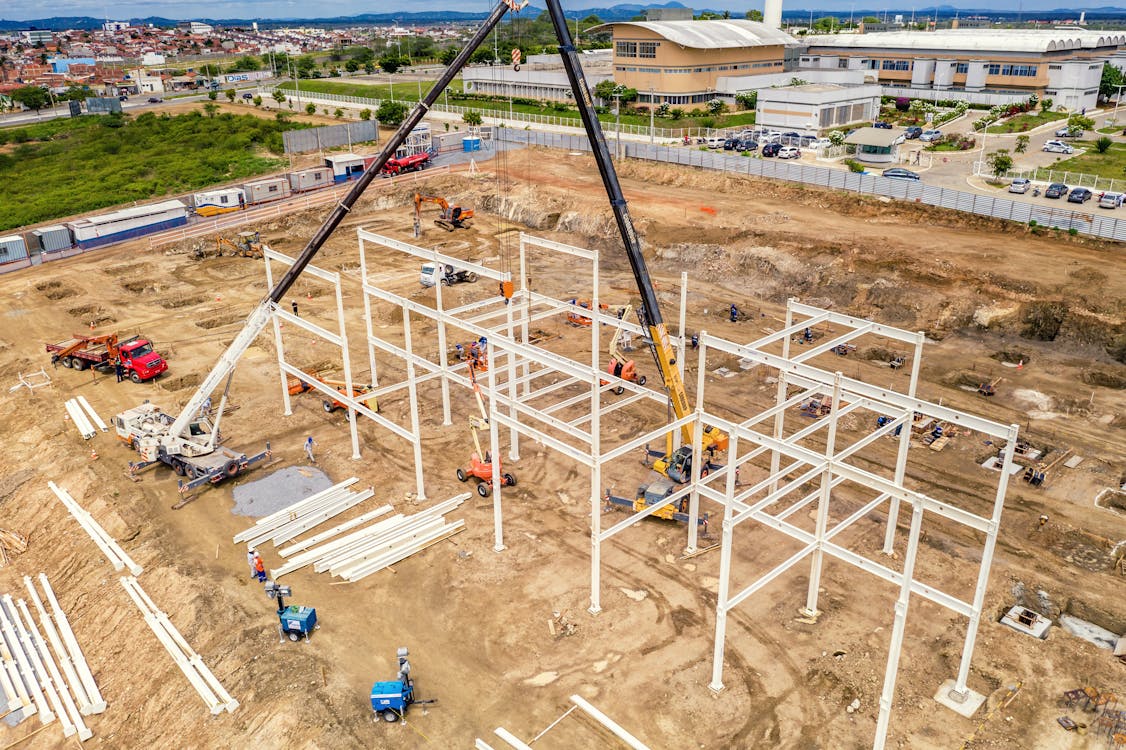
The building process is a critical step in the creation of any structure, whether it is a commercial building, a residential home, or an industrial facility. The process involves a wide range of activities, including planning, design, site preparation, construction, and finishing. Each of these steps is essential to ensure that the building is safe, functional and meets the needs of its occupants. In this article, we will explore the importance of the building process and the key factors that must be considered to ensure its success.
The building process is a complex and multifaceted endeavor that requires careful planning, attention to detail, and collaboration between a variety of stakeholders. From the initial design phase to the final construction and beyond, the building process plays a crucial role in shaping our built environment and our society as a whole. In this article, we will explore the importance of the building process and its impact on the world around us.
In recent years, there has been a growing focus on promoting sustainability and efficiency in the building process. This includes everything from using sustainable materials and design principles to reducing energy consumption and promoting renewable energy sources. By incorporating these principles into the building process, we can create buildings that are not only safer and more functional but also more environmentally friendly and sustainable.
3. Supporting Economic Growth and Development
The building process plays an important role in supporting economic growth and development. It creates jobs and stimulates economic activity in the construction industry and related fields. Additionally, the buildings that are created through the building process serve as the foundation for a variety of other industries, from retail and hospitality to healthcare and education. By creating a strong and vibrant built environment, we can support economic growth and development in our communities.
4. Quality
The quality of the building is also a critical factor in the building process. High-quality materials and construction methods are essential to ensure that the building is durable, reliable, and resistant to wear and tear. Quality is not just important from a functional perspective; it also plays a role in the overall aesthetics of the building. A well-built and visually appealing building can enhance the reputation of the owner and attract potential tenants or buyers.
5. Fostering Innovation and Creativity
The building process also fosters innovation and creativity in a variety of ways. Architects and designers are constantly pushing the boundaries of what is possible, exploring new materials, technologies, and design principles to create buildings that are both functional and beautiful. Additionally, the construction process itself requires a high degree of innovation and creativity, as contractors and builders must find innovative solutions to complex problems and work within a variety of constraints.
6. Preserving Cultural Heritage and Identity
Finally, the building process plays an important role in preserving our cultural heritage and identity. From historic landmarks to cultural institutions, the buildings that we create serve as a physical representation of our history, values, and identity. By preserving and restoring these buildings, we can maintain a connection to our past and ensure that future generations can appreciate and learn from our cultural heritage.




